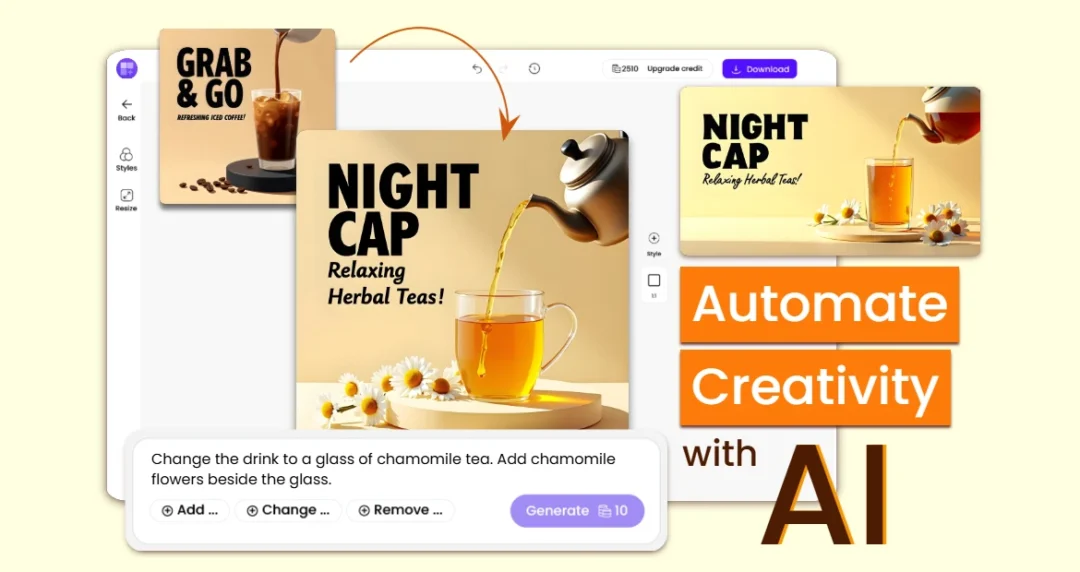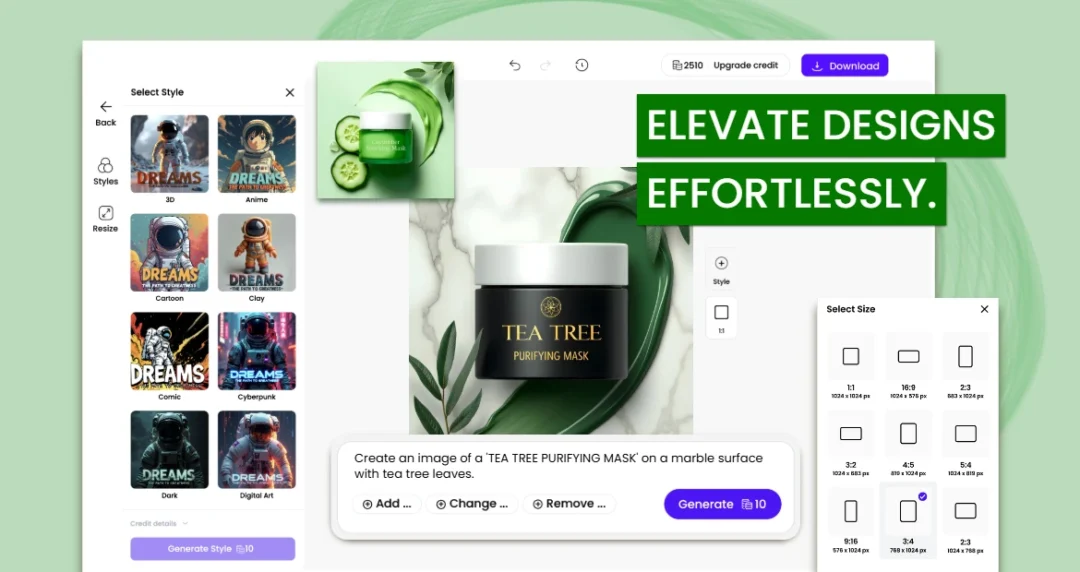
Imagine a world where machines and algorithms can create stunning visuals, write compelling copy, and even develop innovative ideas. Sounds like science fiction, right? But what if I told you that this world is already here, and it’s changing the way designers, artists, and creatives work, live, and interact with each other?
The rise of automation has been a hot topic in recent years, with many experts warning about the dangers of job displacement and the need for workers to adapt to new technologies. But what if we’re looking at this issue from the wrong perspective? What if automation is not just a threat, but an opportunity to revolutionize the way we create and design?
Automation is not just about replacing human designers with machines. It’s about augmenting human creativity, freeing us from mundane and repetitive tasks, and enabling us to focus on what we do best: creating, innovating, and solving complex problems. By automating routine tasks, designers can increase efficiency, reduce costs, and improve productivity. For example, in the graphic design industry, automation has enabled designers to create stunning visuals in a fraction of the time. With AI-powered design tools, designers can explore and change styles, colors, and layouts with ease, without sacrificing precious time.
In the advertising industry, automation has enabled agencies to develop personalized ad campaigns, tailored to individual customers’ needs and preferences. With AI-powered ad platforms, agencies can analyze customer data, develop targeted ads, and optimize campaigns in real-time.
Examples of Automation in the Design Industry
Automation is already transforming the design industry in many ways. The impact of automation can be seen in various fields of design, including graphic design, advertising, product design, and fashion design. In graphic design, AI-powered design tools like Adobe Fresco and Prisma are enabling designers to create stunning visuals in a fraction of the time. These tools use machine learning algorithms to analyze design trends and generate high-quality visuals, freeing up designers to focus on more creative and strategic work.
In the advertising industry, AI-powered ad platforms like Google Ads and Facebook Ads are enabling agencies to develop personalized ad campaigns, tailored to individual customers’ needs and preferences. These platforms use data analytics and machine learning algorithms to analyze customer behavior and generate targeted ads, resulting in higher conversion rates and better return on investment. Similarly, in product design, AI-powered design tools like Autodesk and SketchUp are enabling designers to create 3D models and prototypes in a fraction of the time. These tools use machine learning algorithms to analyze design requirements and generate high-quality models, freeing up designers to focus on more creative and strategic work.
In fashion design, AI-powered design tools like Stitch Fix and Fashion Nova are enabling designers to create personalized clothing and accessories, tailored to individual customers’ needs and preferences. These tools use machine learning algorithms to analyze customer behavior and generate personalized designs, resulting in higher customer satisfaction and loyalty. The benefits of automation in the design industry are numerous. Automation can process tasks faster and more accurately than humans, freeing up time for more strategic and creative work. This increased efficiency can also lead to improved productivity, as automation can optimize business processes, streamline workflows, and enhance overall productivity.
Additionally, automation can enable designers to explore new ideas, try new approaches, and take risks without sacrificing precious time, leading to enhanced creativity. Automation can also enable designers to develop personalized products and services, tailored to individual customers’ needs and preferences, resulting in a better customer experience. However, despite these benefits, automation also presents several challenges for the design industry. One of the main challenges is the potential displacement of human designers, as automation takes over routine and repetitive tasks. Another challenge is the need for designers to develop new skills, such as programming and data analysis, to work effectively with automation tools.
Overall, the impact of automation on the design industry is complex and multifaceted. While automation presents several challenges, it also offers many benefits, including increased efficiency, improved productivity, and enhanced creativity. As the design industry continues to evolve, it is likely that automation will play an increasingly important role, enabling designers to create innovative and personalized products and services that meet the needs of individual customers.
Revolutionize Your Design Workflow with AI Design

As a designer who values productivity, you know how crucial it is to deliver high-quality designs quickly and efficiently. That’s where AI Design comes in – your go-to “person” for creating stunning visuals in a mere 30 seconds. With AI Design, you can explore and change styles, colors, and layouts with ease, without sacrificing precious time.
By automating the design process, AI Design frees you up to focus on the high-level creative decisions that matter most. You can spend your time brainstorming innovative ideas, developing a solid design strategy, and perfecting your craft – all without burning the midnight oil to create designs. AI Design takes care of the tedious design tasks, so you don’t have to. No more hours spent tweaking typography, adjusting color palettes, or experimenting with different layouts. With AI Design, you can create, refine, and finalize your designs in a fraction of the time, without compromising on quality.
The Future of Automation

So what does the future of design hold? According to many experts, automation will continue to transform the design industry, enabling designers to create stunning visuals, develop innovative ideas, and deliver personalized products and services. For example, a report by the McKinsey Global Institute predicts that by 2030, automation will have increased global productivity by up to 30%.
However, automation also raises important questions about the future of design and the role of human creativity. Will automation lead to a loss of human touch and originality, or will it enable designers to create even more innovative and personalized products and services?
[Source: McKinsey Global Institute, “A future that works: Automation, employment, and productivity” https://www.mckinsey.com/~/media/mckinsey/featured%20insights/Digital%20Disruption/Harnessing%20automation%20for%20a%20future%20that%20works/MGI-A-future-that-works-Executive-summary.ashx
By understanding the benefits and challenges of automation, and by leveraging tools like AI Design, designers can stay ahead of the curve and thrive in a rapidly changing industry.
